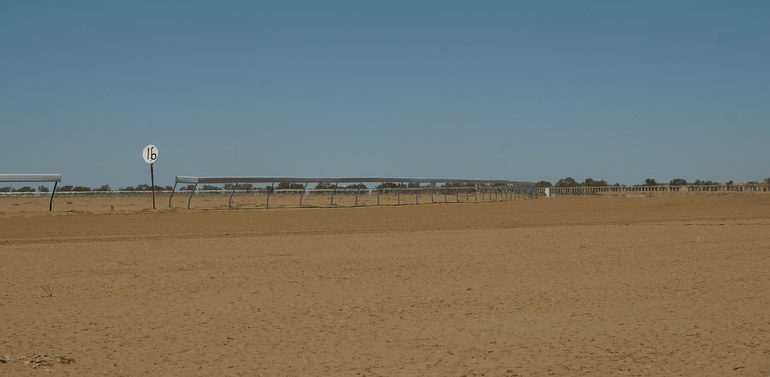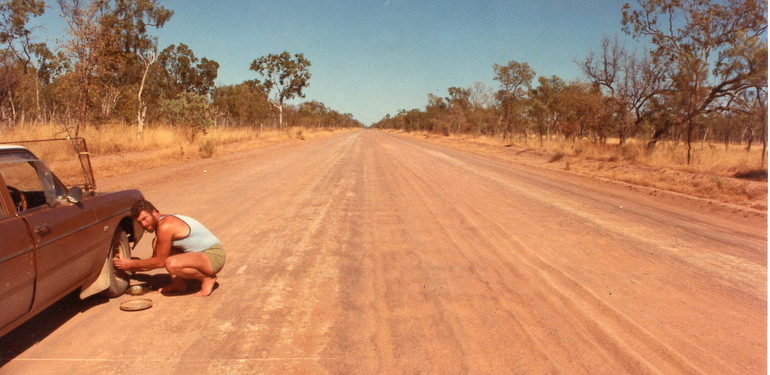It’s a dusty road to Chillagoe, although the locals wish it wasn’t. A long-running petition in the visitor centre calls for the sealing of the gravel patches between here and Almaden. The gravel road deters prospective tourists, they say.
We drive straight to the rodeo ground, which at any other time except the first weekend in May is a camp ground, and unload rusty bikes to ride back to town to pay the $6 fee to stay there for the night.
By the time I reach the visitor centre I’ve decided I kind of like this place.
By the time I’m back at the rodeo ground, I’m itching to explore.
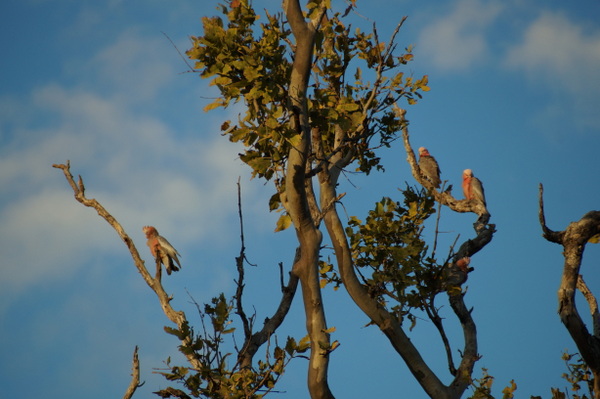
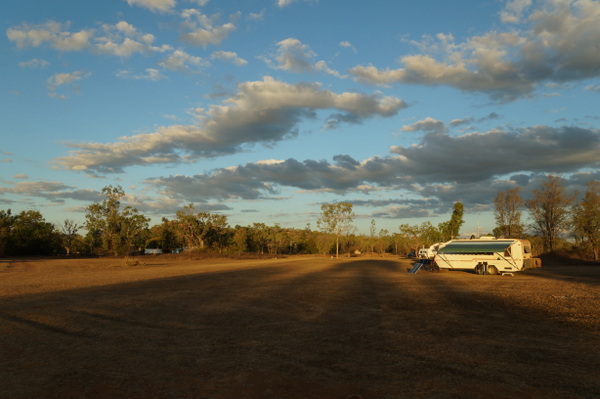
There is a charm to small outback towns like Chillagoe. Their very existence acknowledges a tumultuous history. Eras of prosperity when industry boomed and towns grew out of the ground followed by a change in fortunes, when the wealth disappeared and took with it the workers and opportunists it attracted in the first place.
Chillagoe’s tease was its mineral-dense hills and they enticed many. The road from Mareeba is known as The Wheelbarrow Way in memory of the men who navigated the Tablelands by foot, their families by their side; their possessions in a wheelbarrow.
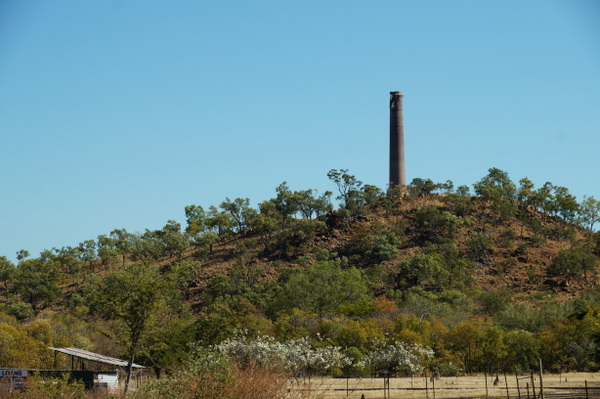
The mines and smelters at Chillagoe outlasted many in the surrounding area, but the smelters closed for good in 1943. A lone chimney stack on the hill stands as a reminder of the town’s once thriving industry. Now there are just two mines still running, not enough to attract anyone here anymore.
The tourists come instead for the limestone caves in the Chillagoe-Mungana Caves National Park. It’s a two-hour drive west from Cairns and a reasonable day trip.
I have to give way to no one as I ride through the town – past the old courthouse, which is now the heritage centre and police station, turning at the Post Office Hotel and down to The Chillagoe Hub. The Hub is accurately named, with the premises acting as the visitor centre, interpretative centre, library and Centrelink and Medicare outlets. Today it’s manned by Jim, who talks me through a map pointing out the street corner known as Butcher’s Corner, even though the butcher shop has shut, the ruins of the Chillagoe Smelters, and the local BP Depot, where the owner houses an apparently impressive collection of Fords.
By 9am the next day I’m standing at the entrance to Donna Cave for the start of one of three cave tours held during the day. Greg, the ranger, only has 10 of us to take through this morning, a contrast to the school holiday period when several hundred will visit the caves each day.
There are up to 1000 caves in the Chillagoe area, with three more discovered in the last two weeks. Only three can be visited on a guided tour – Donna, Trazkinn and Royal Arch. Another three, the Archways, Pompeii and Bauhinia, can be visited independently.
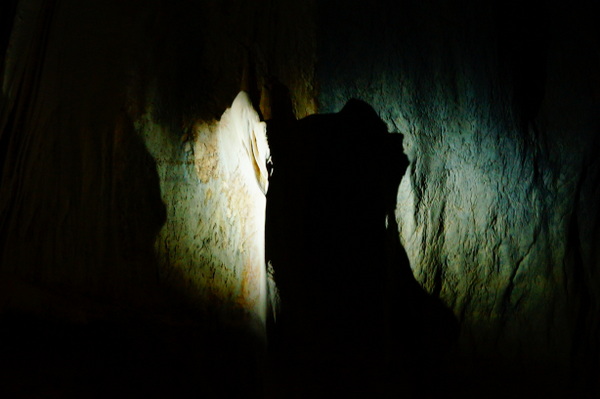
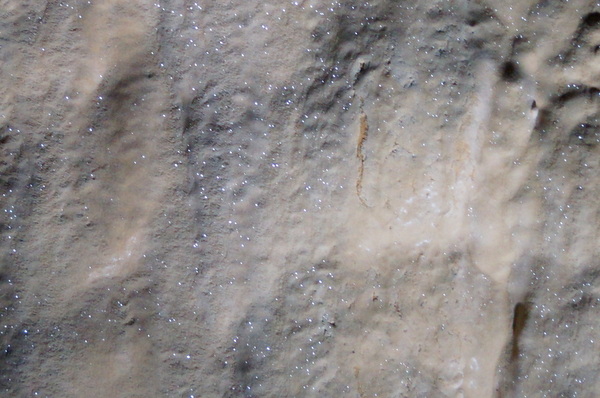
It’s a steep climb down the staircase into Donna Cave, past the shadow cast on one of the walls said to look like Madonna, which is how the cave got its name. While the group gathers on a platform, Greg turns on the lights, revealing an elaborate mess of stalactite dripping from the roof of the cave, stalagmites twisting up from the floor and beautiful columns. The roof of the cave stretches much higher than I expected. It didn’t seem like we descended that low or that the outside ground rose that high.
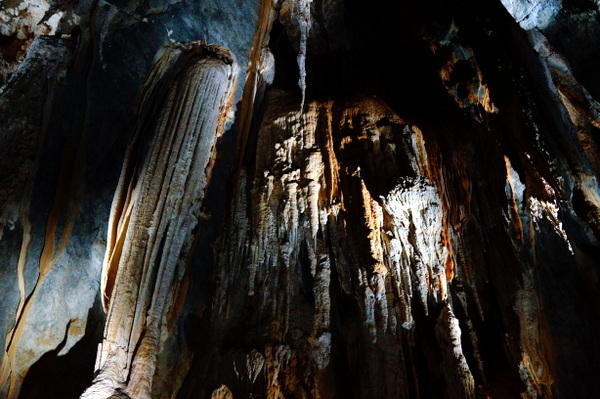
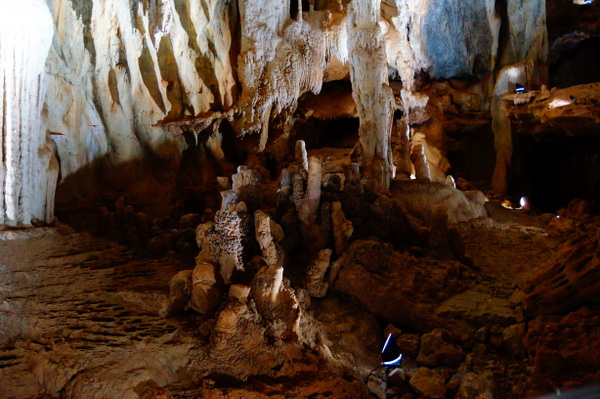
Greg talks us through the cave system, which was discovered more than 100 years ago. We spend about an hour beneath the ground, with Greg lighting up sections of the cave as we go through. The infrastructure in the cave is excellent. The stainless steel and reconstituted plastic walkway is sturdy and apart from a few low entrances and steep stairs, it’s not challenging. The cave itself is beautiful, full of intricate formations and sparkling rocks.
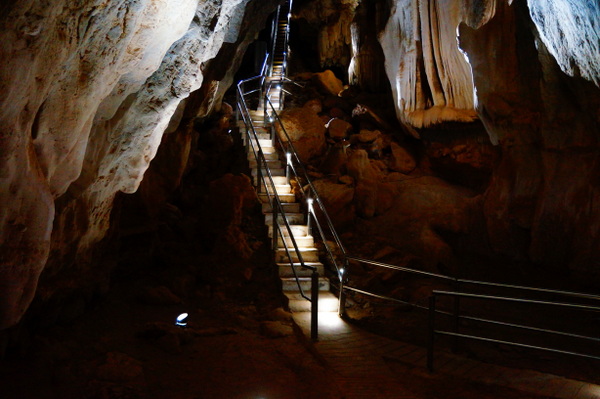
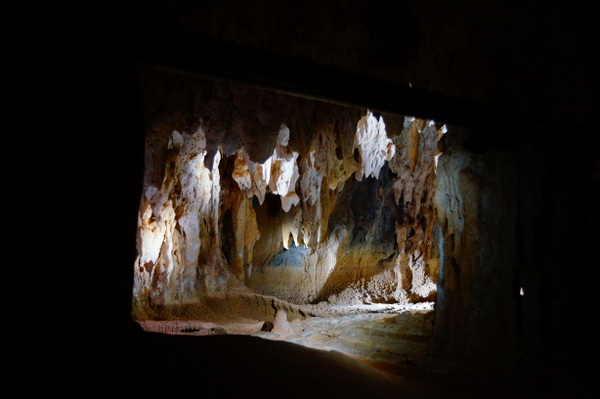
Back above ground we drive to the other side of town to find the BP Depot, but more specifically, Tom Prior and his collection of Fords.
I recognise Tom immediately. He is wearing the same blue work gear and well-worn Akubra pictured in a newspaper article from seven years ago on display at The Chillagoe Hub. He’s barefoot and serving a customer at the fuel pump when we drive into his “museum”.
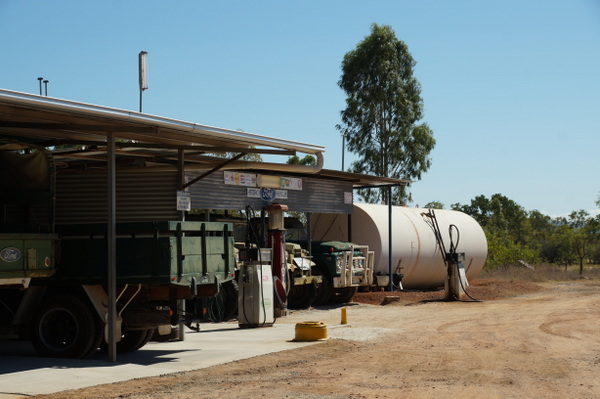
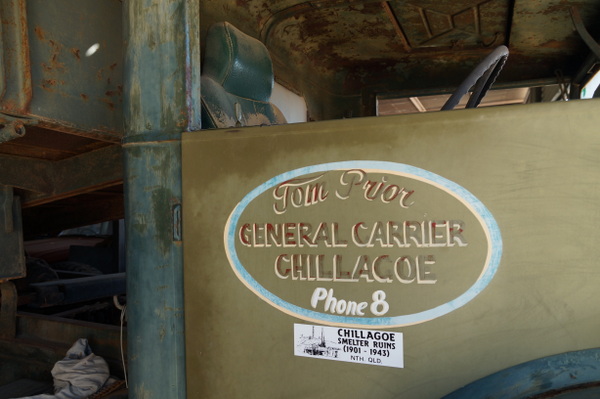
We slip $5 into the donation box as Tom tells me he’s been showing people around all morning. I can believe it.
The two sheds filled with vehicles could be mistaken for a simple country garage – if everyone in the town drove a Ford. The vehicles are parked two or three deep; a 1965 Shelby Mustang, a 1942 Dodge 4X4 weapons carrier for the US Army. As long as it has those four magic letters.
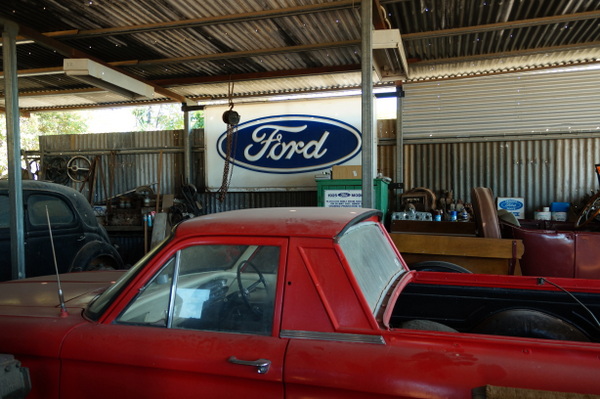
Tom’s missing most of his teeth and it’s sometimes hard to catch what he says, but from the numerous articles displayed in the museum I learn he’s been an avid Ford fan since he was a kid. I don’t know how many vehicles he has here. Maybe 50 or so. On top of the restored vehicles sheltered in his shed, there are rusty wrecks scattered about the yard.
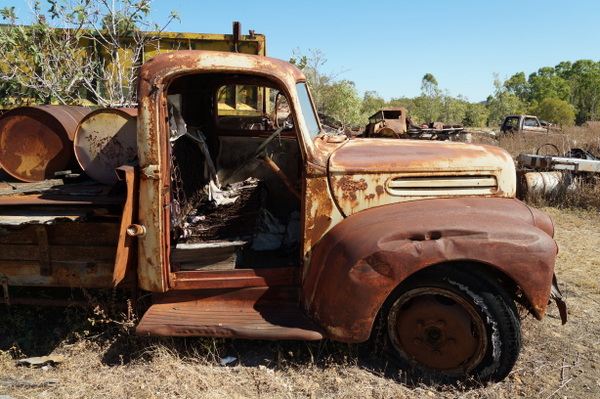
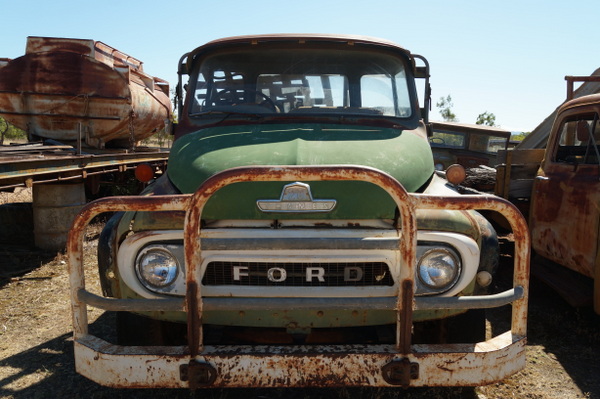
Hidden at the back, behind a dark green 1968 F8000 truck that Tom says has clocked up a million miles driving “everywhere”, is a 1925 Model T, the first Ford. A sign near the car describes how 10 million Americans queued to see its successor; the Model A. Tom’s got one of those too, from 1928, in the adjoining shed.
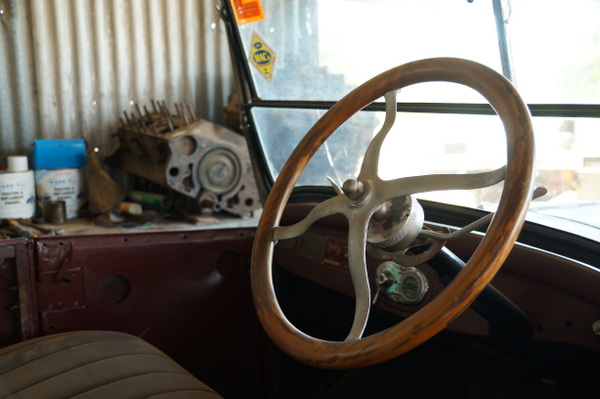
Next to the Model A is a white 1970 XW Ford Falcon GT Sedan, protected by a blow-up plastic bubble that looks like a children’s jumping castle. “Have you got a million dollars?” Tom asks me, pointing to the car. I tell him I’m a bit short.




